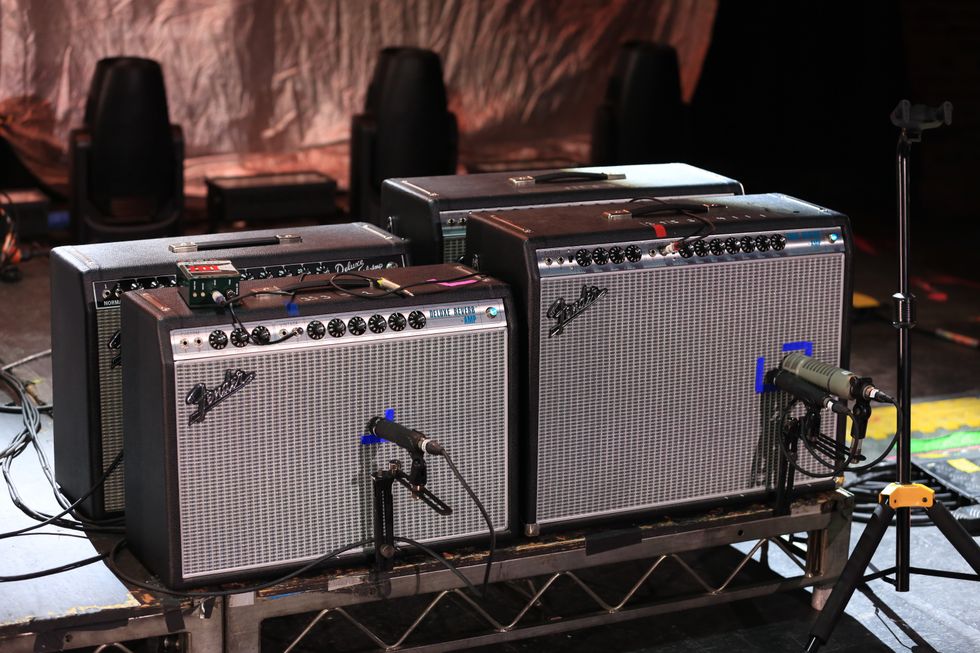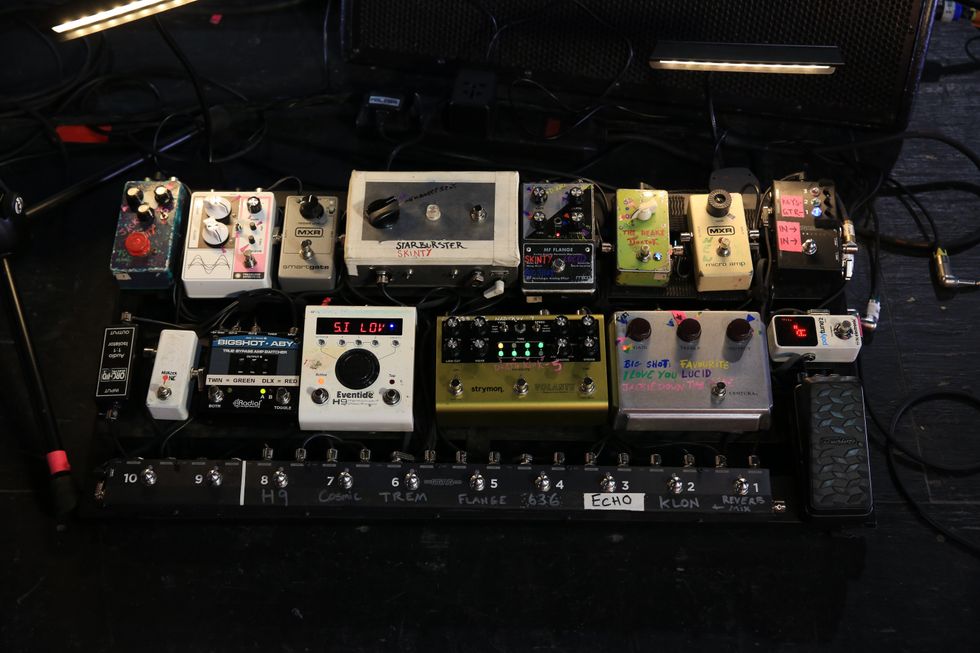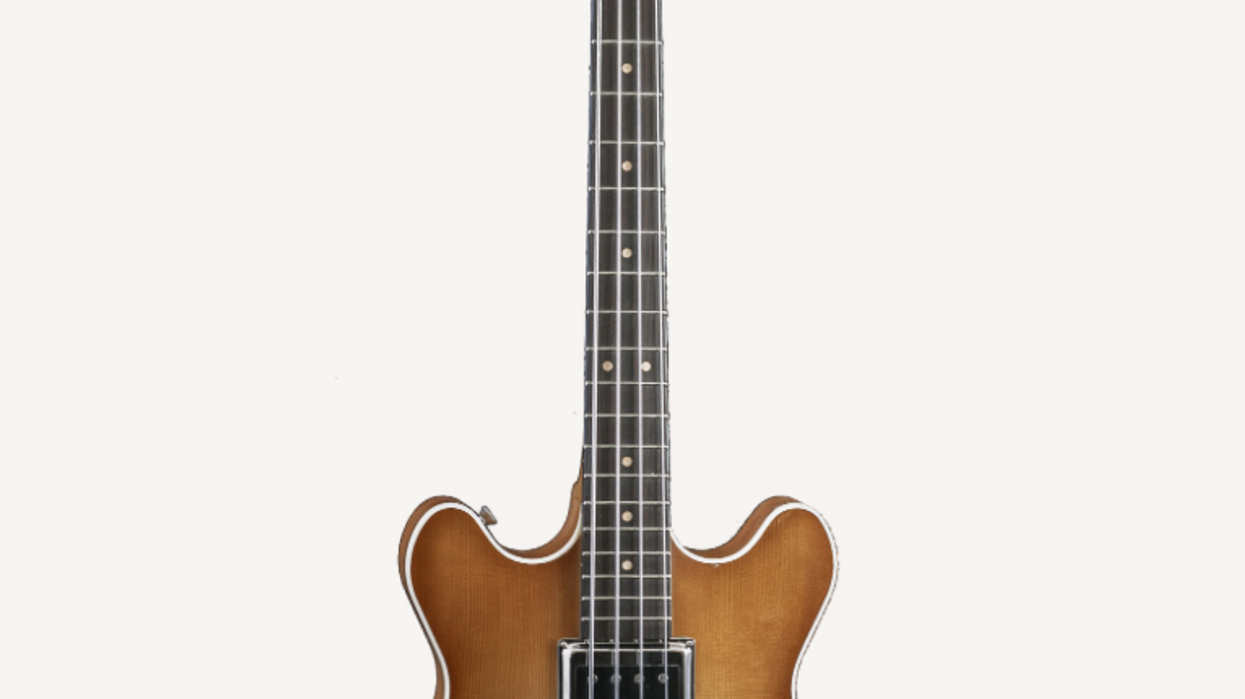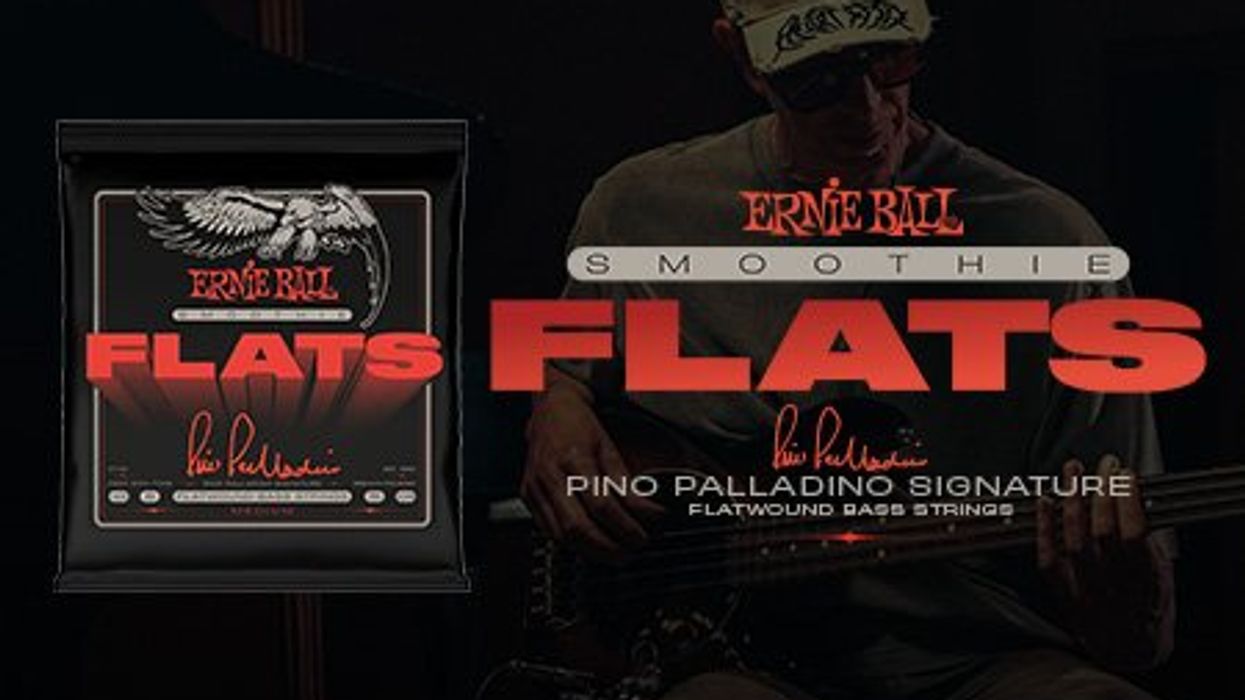Regardless of stylistic preferences, when choosing a bass most musicians usually focus on the same essential elements—feel, playability, and tone. And when you really think about it, there’s not much else you need to consider. Even in today’s futuristic world of gear—where a seemingly endless amount of gizmos, add-ons, modifications, and custom-shop items are readily available—nothing takes precedence over the bare essentials.
Dennis Fano built his company’s ideology around this notion, taking pages from the classic eras of guitar and bass design and infusing them with a fresh set of ideas that don’t lose sight of the ultimate targets—killer feel and great tone. Both his Alt de Facto and Fanosphear guitar lines embody this, and they have grabbed the attention of players like Pete Yorn, Johnny Marr, and Matthew Sweet. Now aiming for bassists, Fano’s PX4 is a 4-string variation of his popular PX6 guitar that mates vintage rumble with a solid, modern feel.
Rumble in the Jungle
The striking characteristics of the PX4 are
guaranteed to turn the heads of most gear
geeks. With an extended upper bout, its
vintage stylings give a nod to classic, Gibson
“non-reverse” Thunderbird basses. Not stopping
there, the instrument is also relic’d—though in a very convincing fashion. The
neck, body, pickups, and hardware all have
distinct differences in sheen and texture,
depending on where you look and feel.
The contoured body is finished in nitrocellulose and constructed from two pieces of alder, but it could easily fool an observer into thinking that it’s a single, solid piece. I spent several minutes looking for seams before I detected any at all, which only speaks to Fano’s impeccable workmanship. And if alder is not your favorite tonewood, Fano can accommodate with a variety of alternatives, including swamp ash, mahogany, and korina.
The 32" scale, 21-fret, C-shaped maple neck—capped with a healthy-looking rosewood fretboard—is bolted to the PX4’s body via six screws, which are placed along a sculpted neck joint. As with the body, Fano offers additional wood options, including mahogany and korina for the neck, along with maple for the fretboard.
Fano packed in a very nice set of vintage-oriented hardware, beginning with a pair of Lollar Thunderbird pickups, which are powered by alnico 5 magnets. The PX4 also boasts a distressed Hipshot bridge and a set of aged, cloverleaf-style tuning machines from Schaller. And setting the output is a cinch with the PX4’s basic control layout of master volume, blend (notched at the halfway point), and tone knobs. Sounds pretty straightforward so far, right?
Actually, the PX4 has not one, not two, but 16 more tricks up its sleeve. The tone knob controls an all-analog, tone-shaping circuit with 16 positions that provide a huge gamut of treble-attenuated tones, all without sacrificing harmonics or punch. Stellartone developed this circuit—dubbed the ToneStyler—but Fano is currently working on their own version due to the ToneStyler being phased out by its creators.
Pure Chewy Satisfaction
The PX4 is, quite simply, one hell of a
tone machine for rock and blues. A relative
lightweight at just over 8 pounds, the
PX4 offers the kind of thump and thunder
that defined the Gibson Thunderbird
decades ago, and its majestic sound is
accompanied by comfortable playability
and feel. I was delighted to discover that
the neck-heavy nature that plagued vintage
T-birds was not a trait of the PX4. As
a matter of fact, the neck actually tilted
up a little bit higher than the body after I
strapped it on.
Through a Verellen Meatsmoke amplifier and an Ampeg Isovent cabinet, Fano’s 4-string fiend rumbled and roared with delight, delivering supremely meaty tones with every strike from my fingers. The thickness of the midrange responded very naturally to variations in my string attack, delivering more punch as I hit them harder. As I expected, the low end was simply massive from both pickups—almost to the point of excessive at times. But this is where the blending control really came in handy, allowing me to ride a little more on the side of the bridge pickup for more aggressive tones. Think Lemmy Kilmister, but with rolled-off highs, giving me the option to fill the expanse with huge subs the further I rolled it towards the neck position—perfect for early ’70s classic rock to modern, face-melting stoner metal.
Ratings
Pros:
Extremely rich and dynamic midrange and low end.
Balanced feel. Monster-sized tone.
Cons:
Light on the treble side of the spectrum.
Tones:
Playability:
Build:
Value:
Street:
$2,795
Fano Guitars
fanoguitars.com
Using the PX4’s tone control was an interesting experience. Instead of rolling up and down through strident treble and boomy lows, the knob seemed to affect the midrange the most. Higher settings did, in fact, dial up more upper-end response, but also brought in more mid-infused voice and detail while dropping the low frequencies at the same time. It reacted more like a voicing control than anything else, which made it great for carefully carving out how much aggression or smoothness I wanted at the time. And using it in conjunction with the volume control allowed the Lollars to really breathe—especially at mid-volume levels with the tone knob pushed higher. I could really hear the intrinsic details in the midrange at these moments, which helped me find the perfect settings for moving the tone down to a more subtle, blues-friendly mood.
Though the PX4’s controls offered up a pretty sumptuous selection of tones, there wasn’t much in the way of funk-friendly, rubbery treble. But, T-birds were never designed for those styles anyway. So if you’re in search of a bass that can handle slap-happy techniques, along with full and robust rock, you may want to look further.
The Verdict
The PX4 delights in the thick, chewy
tones that defined big bass in rock’s heyday.
It’s a bass that covers a lot of ground
if you’re looking for an instrument that
delivers a metric ton of thump in the
mids, but not so much with the snappy
highs that slap players enjoy. Again, it’s
hard to fault it for that, because the PX4
wasn’t designed to satisfy those tastes. This
machine is for bassists who love to fill the
room with smooth, wide, low end that
packs a serious punch.



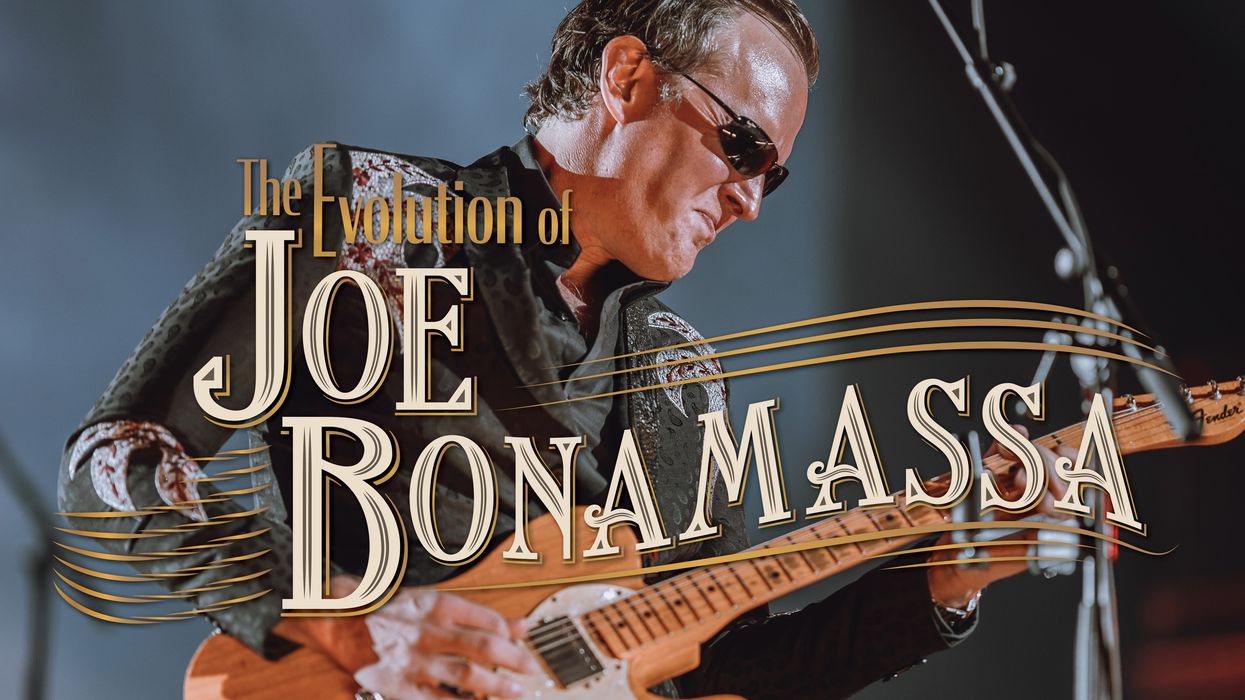
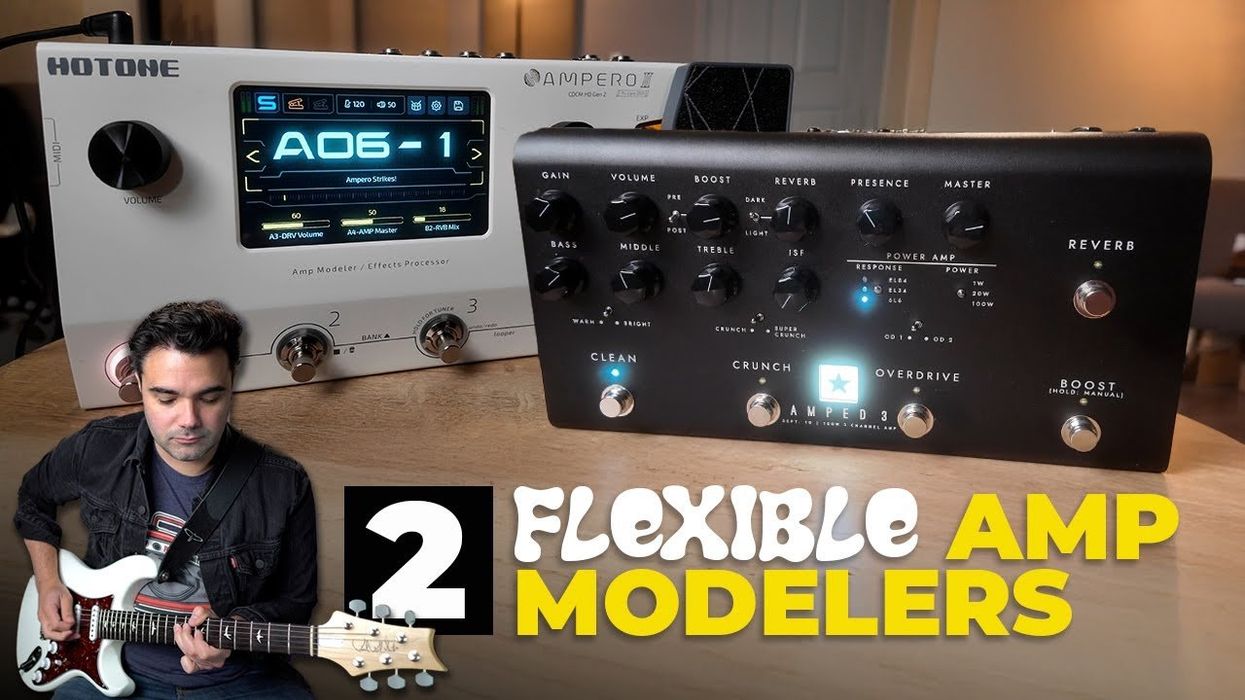

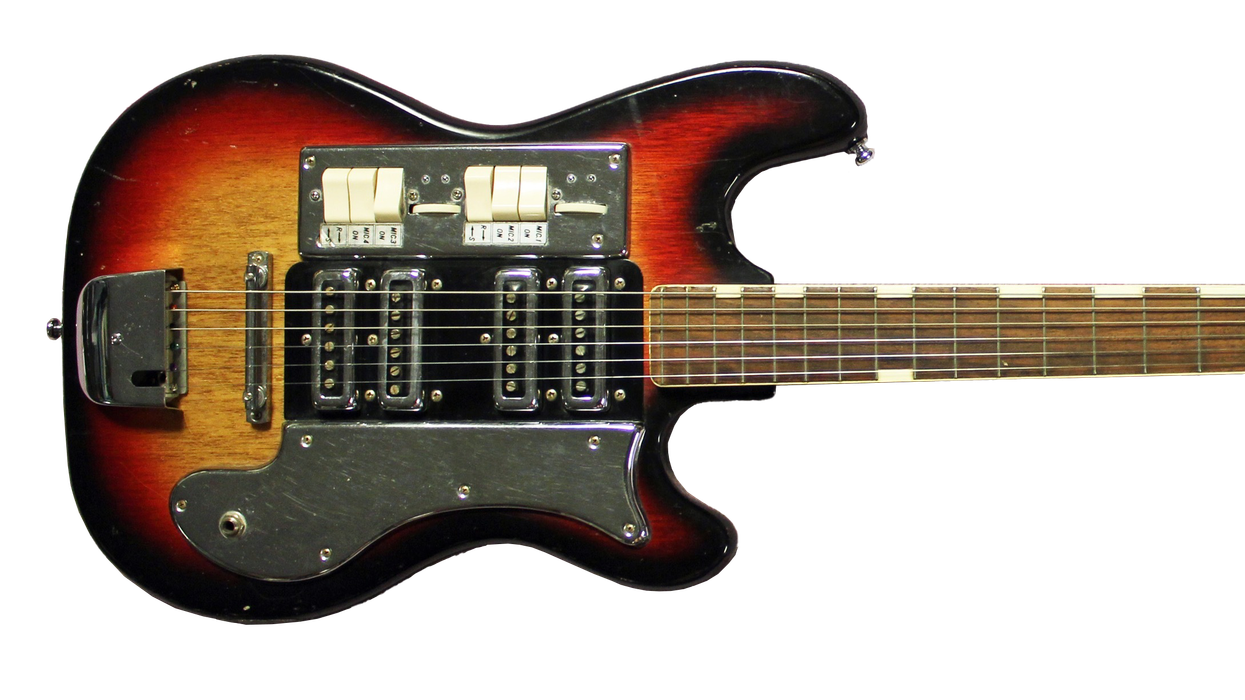

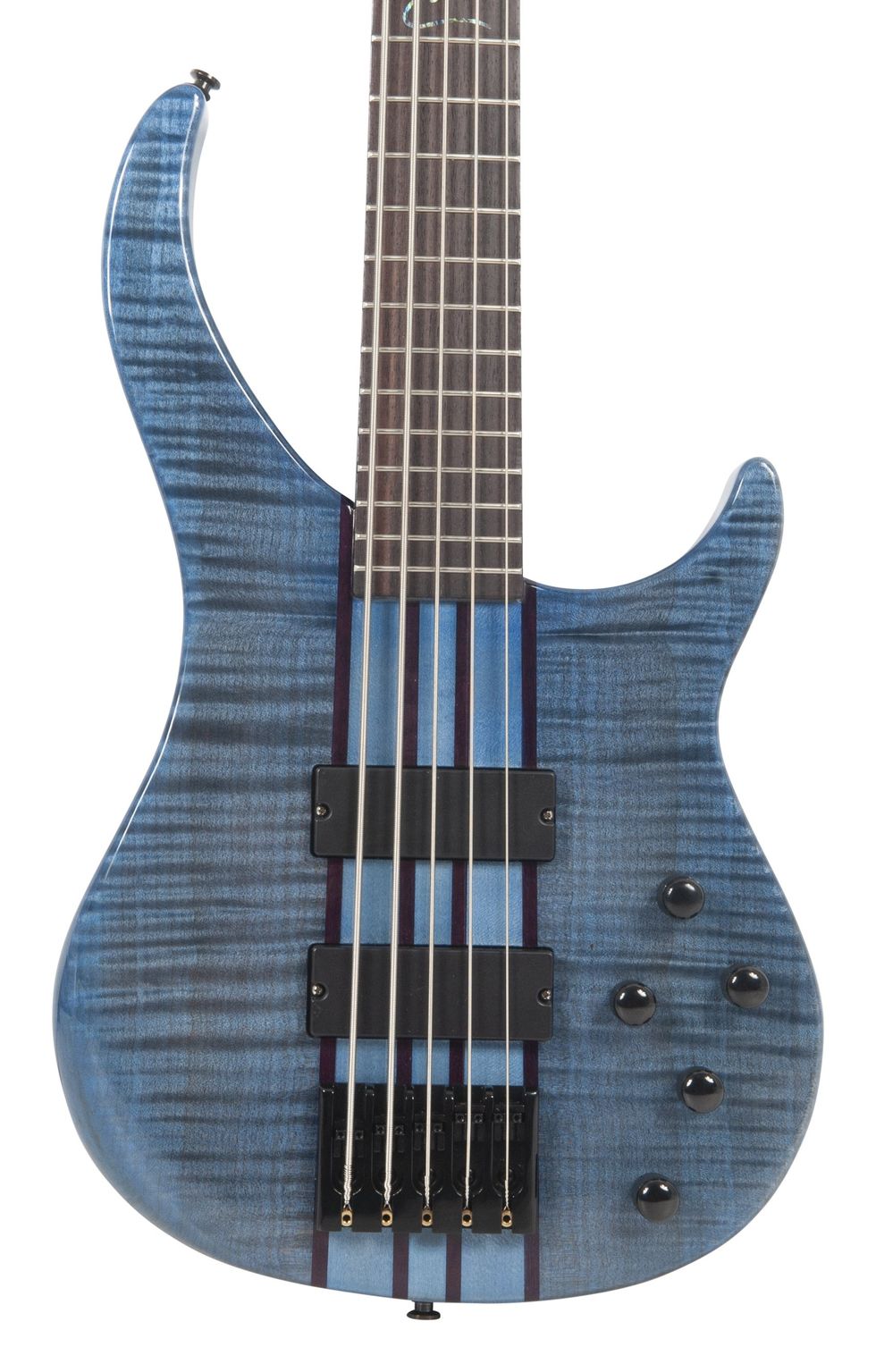 Peavey Debuts New Cirrus Bass Guitars Models
Peavey Debuts New Cirrus Bass Guitars Models

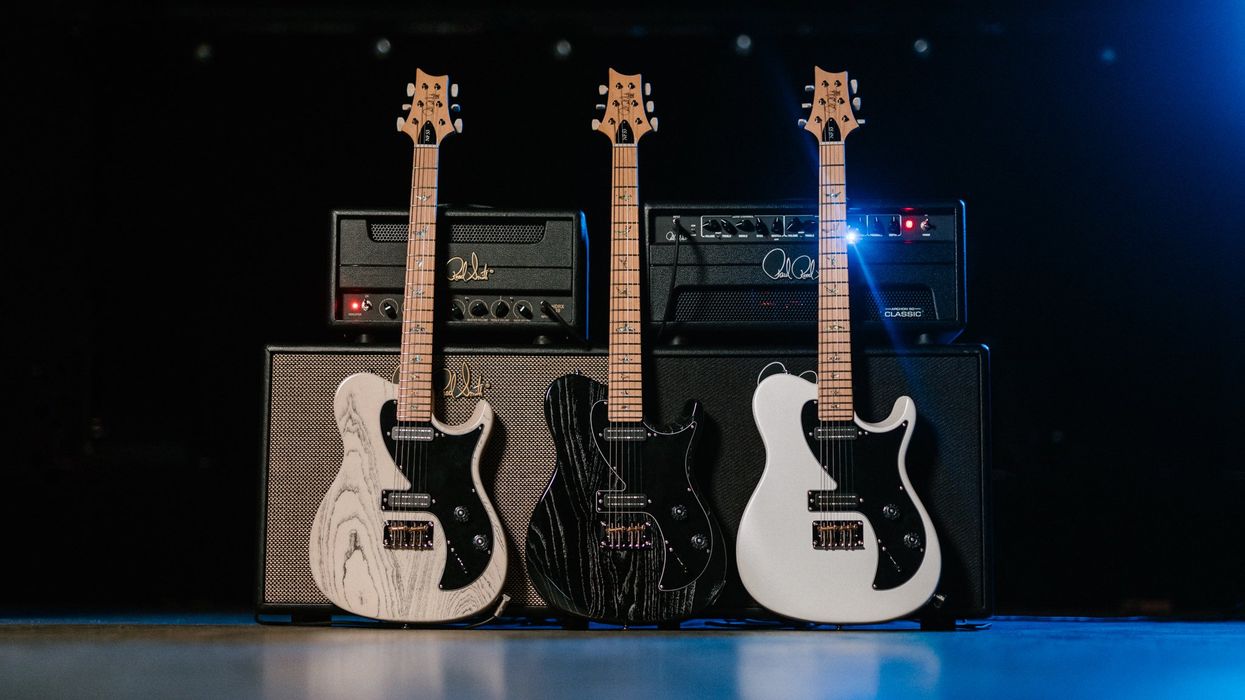
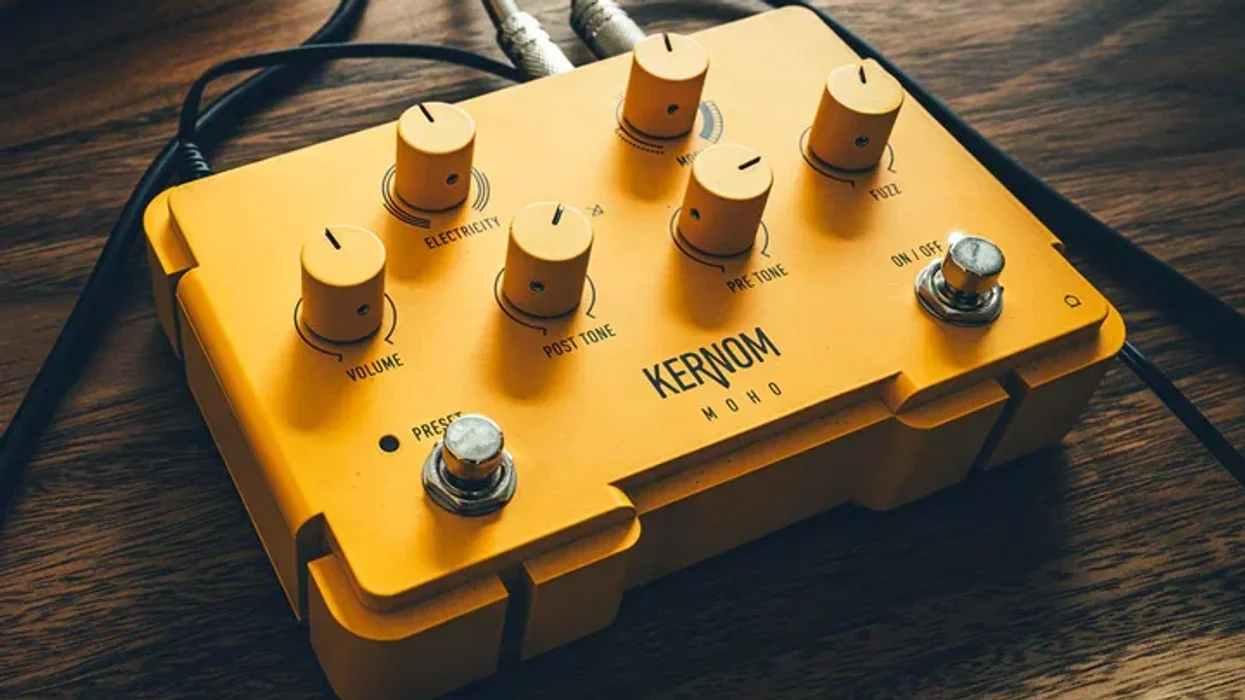

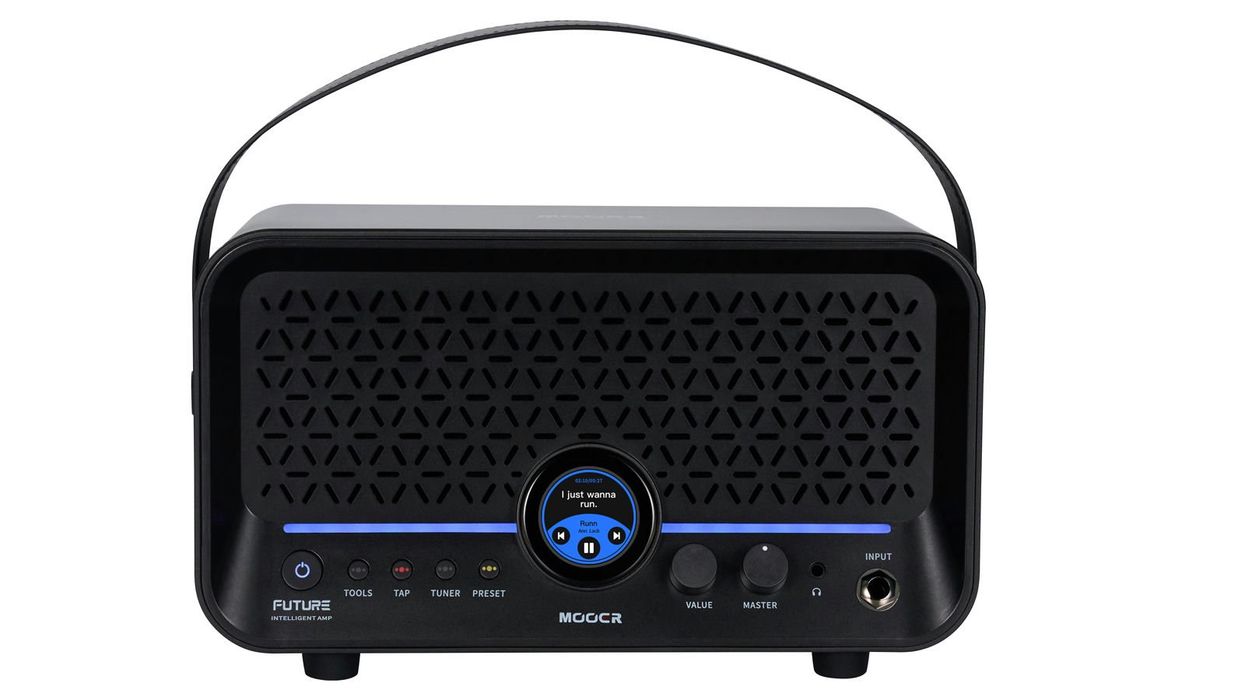



![Fontaines D.C. Rig Rundown [2025]](https://www.premierguitar.com/media-library/image.jpg?id=60290466&width=1245&height=700&quality=85&coordinates=0%2C0%2C0%2C0)
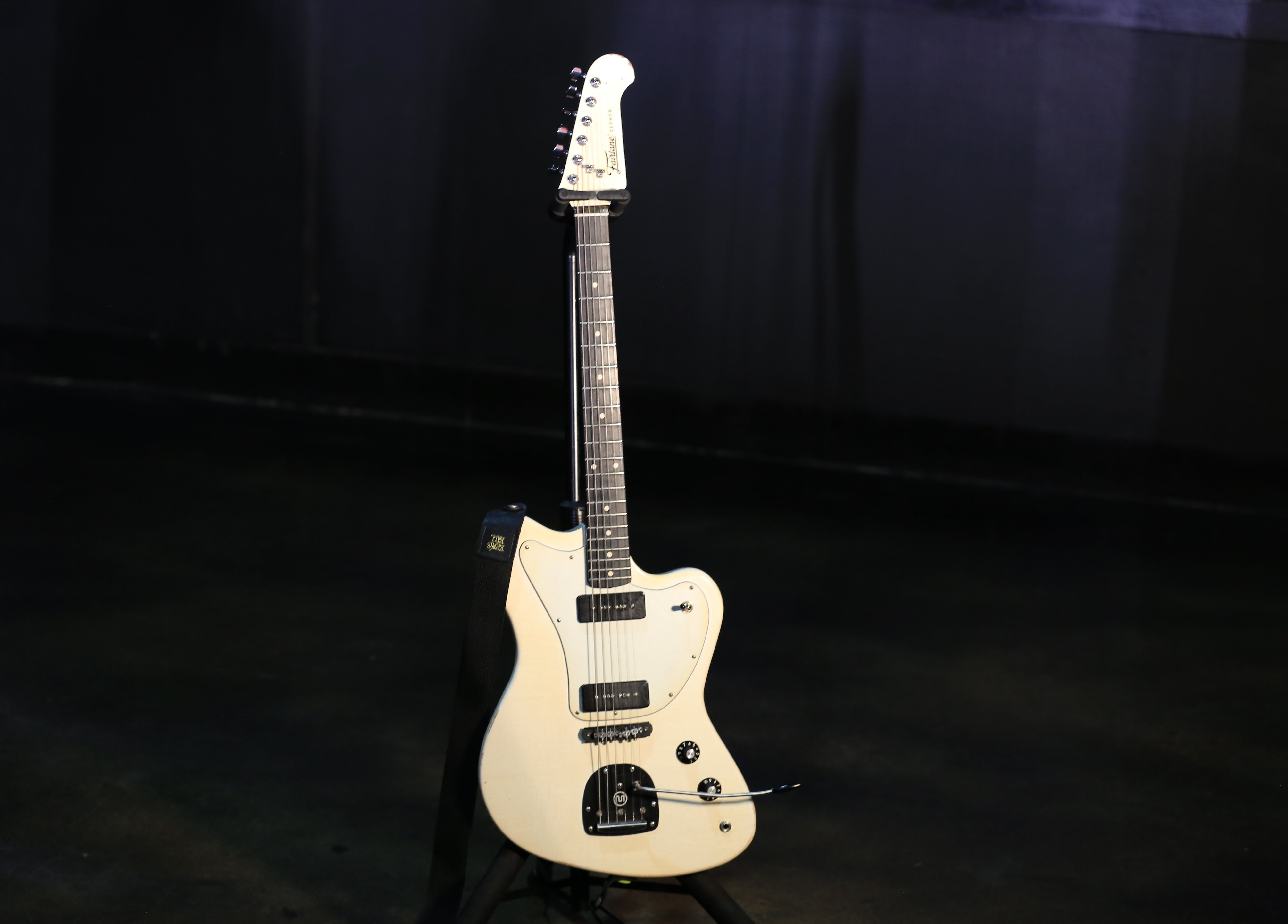
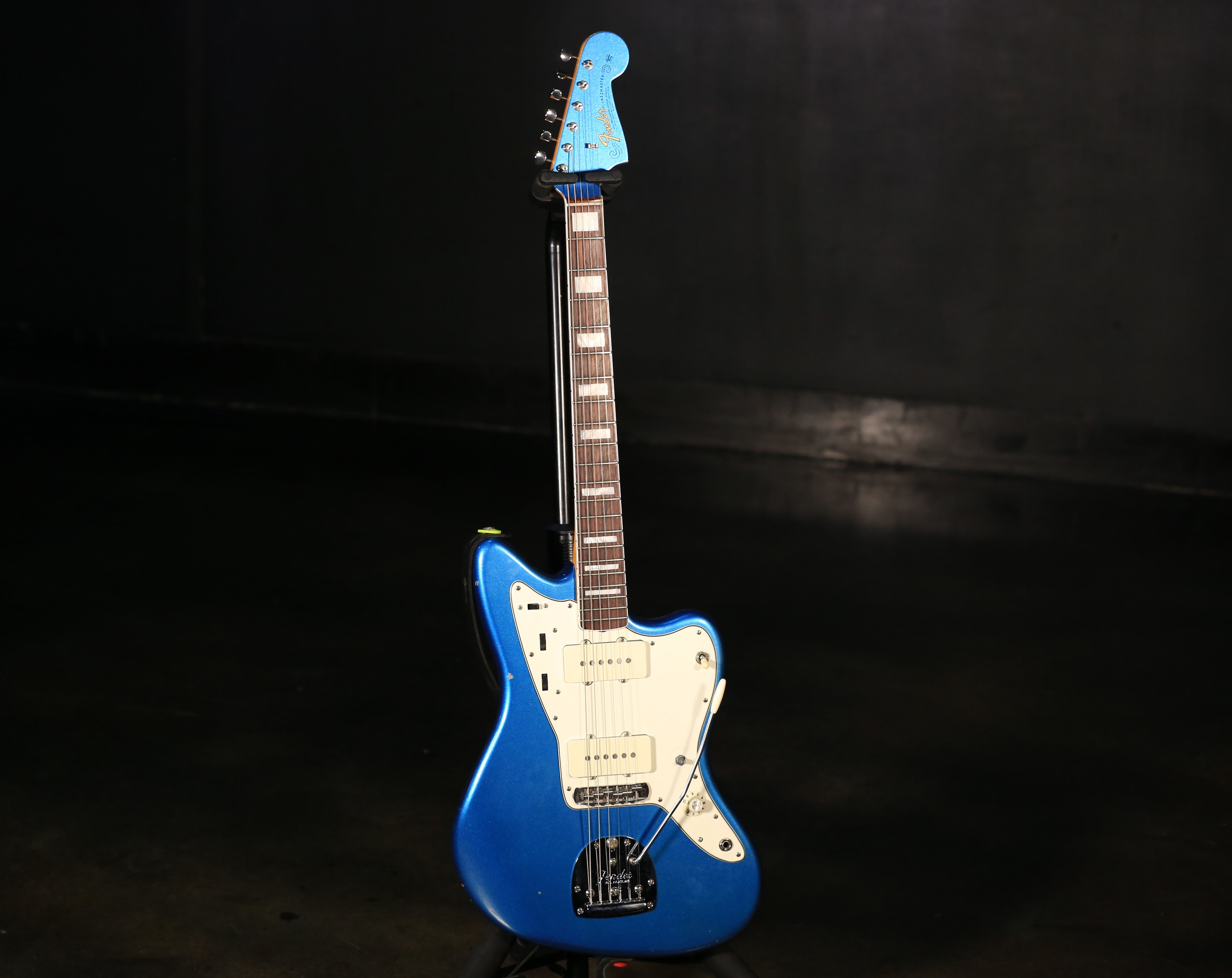
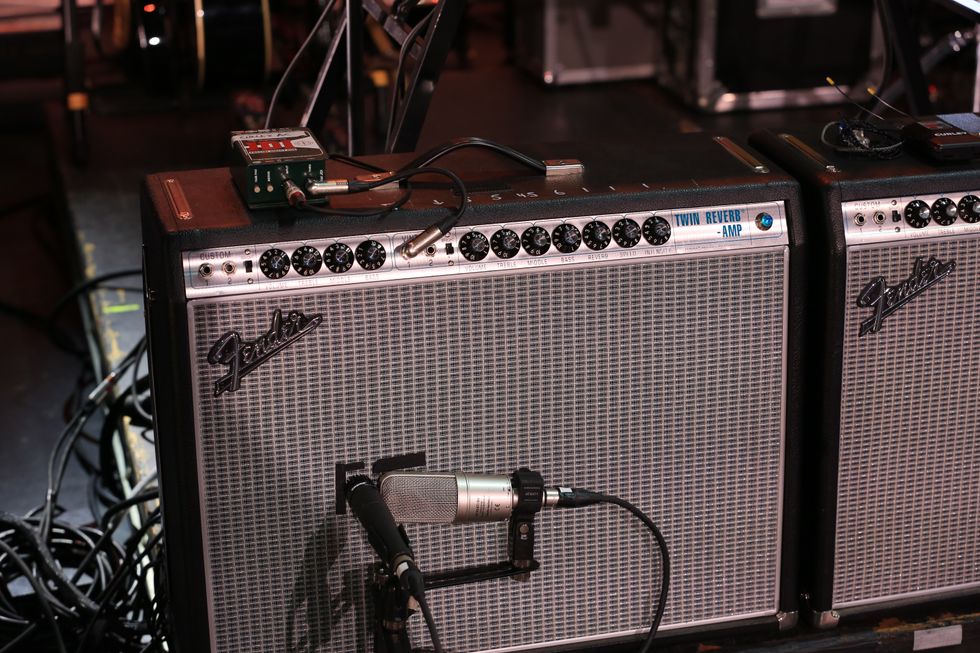
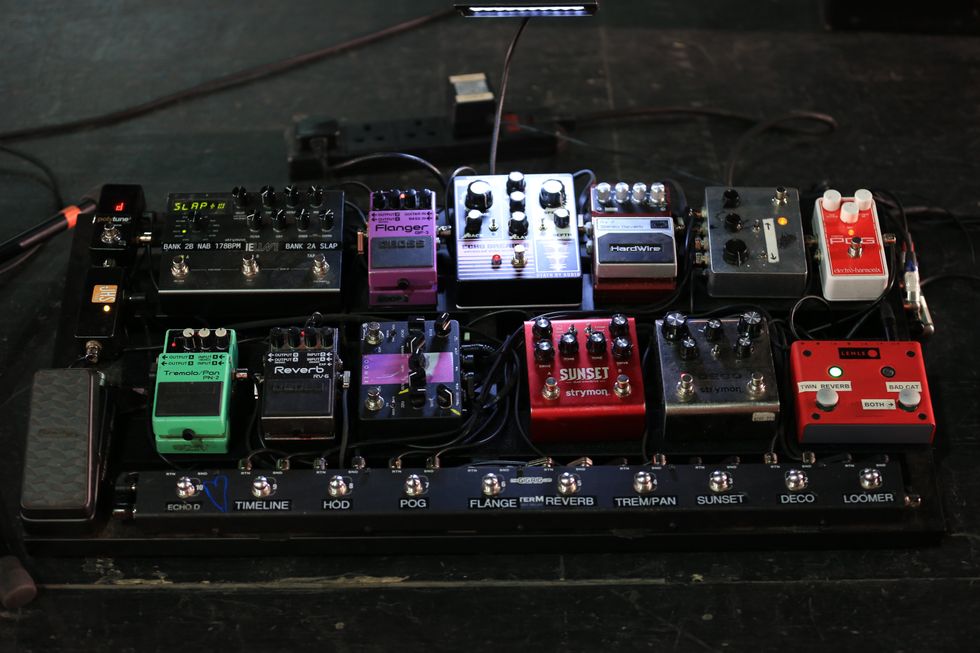
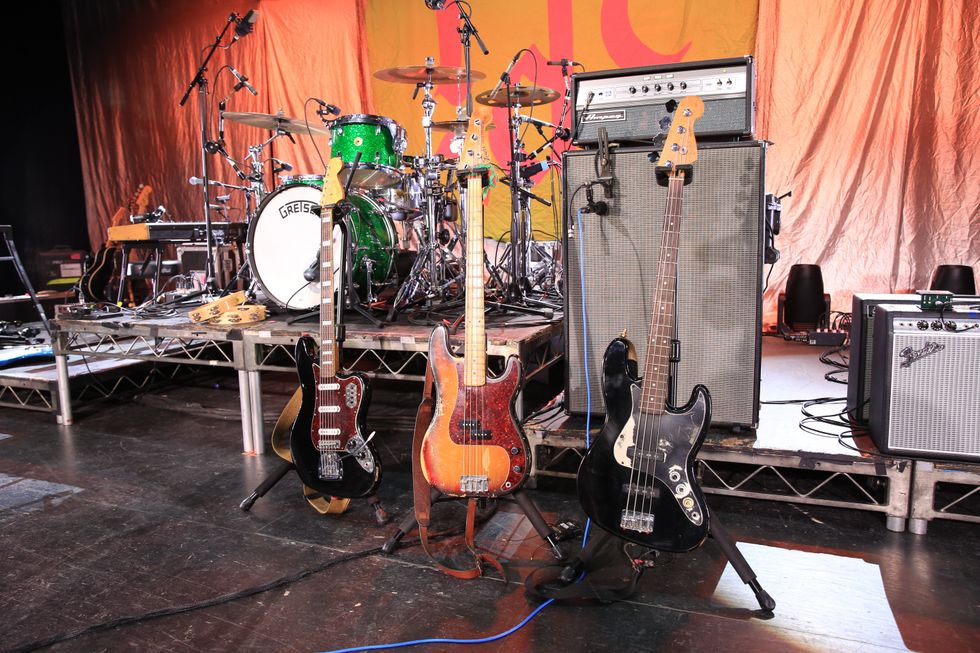
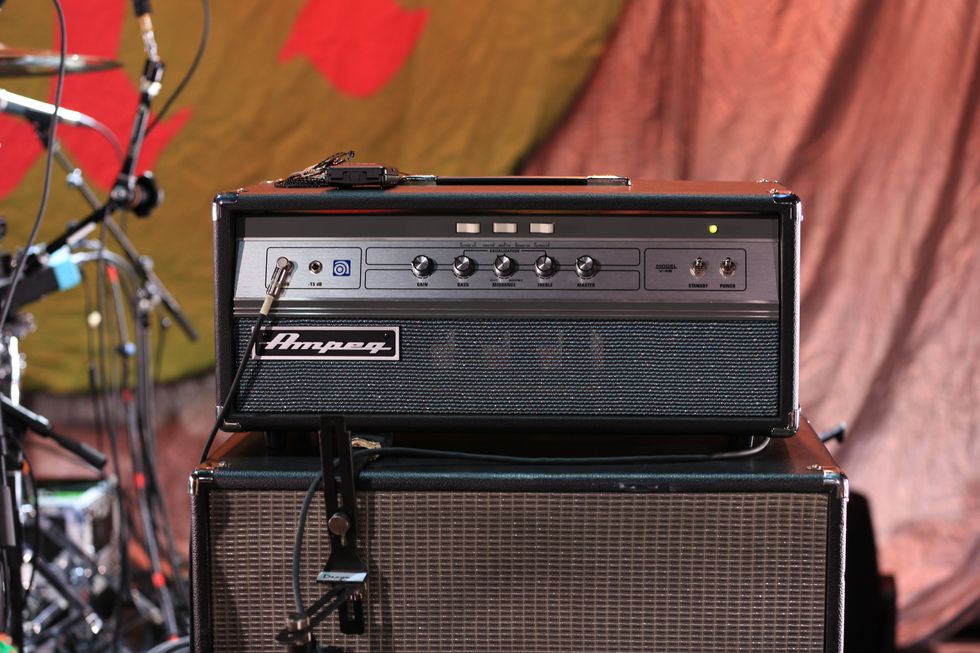
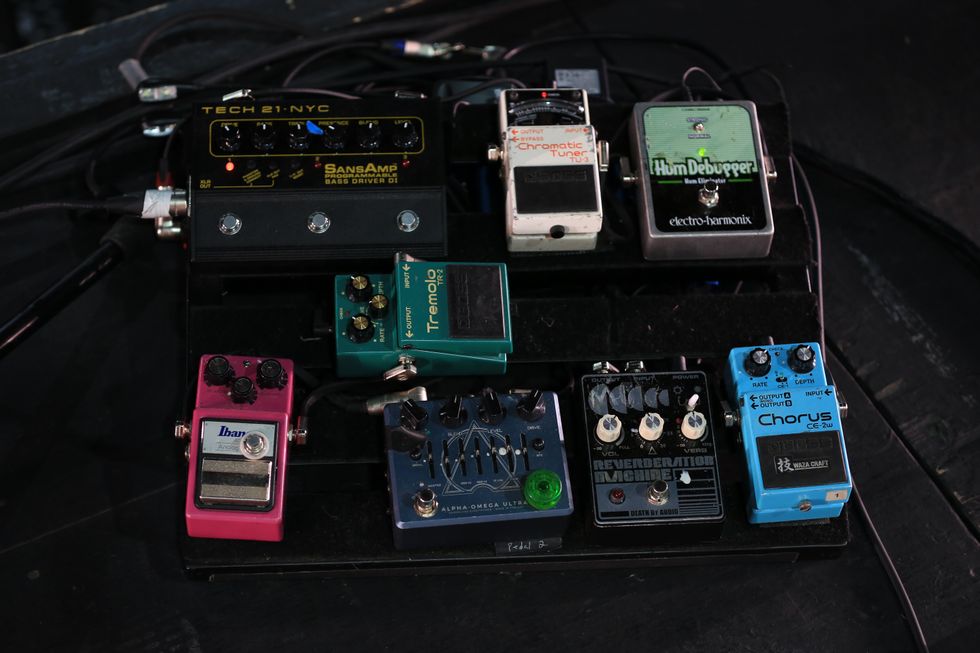
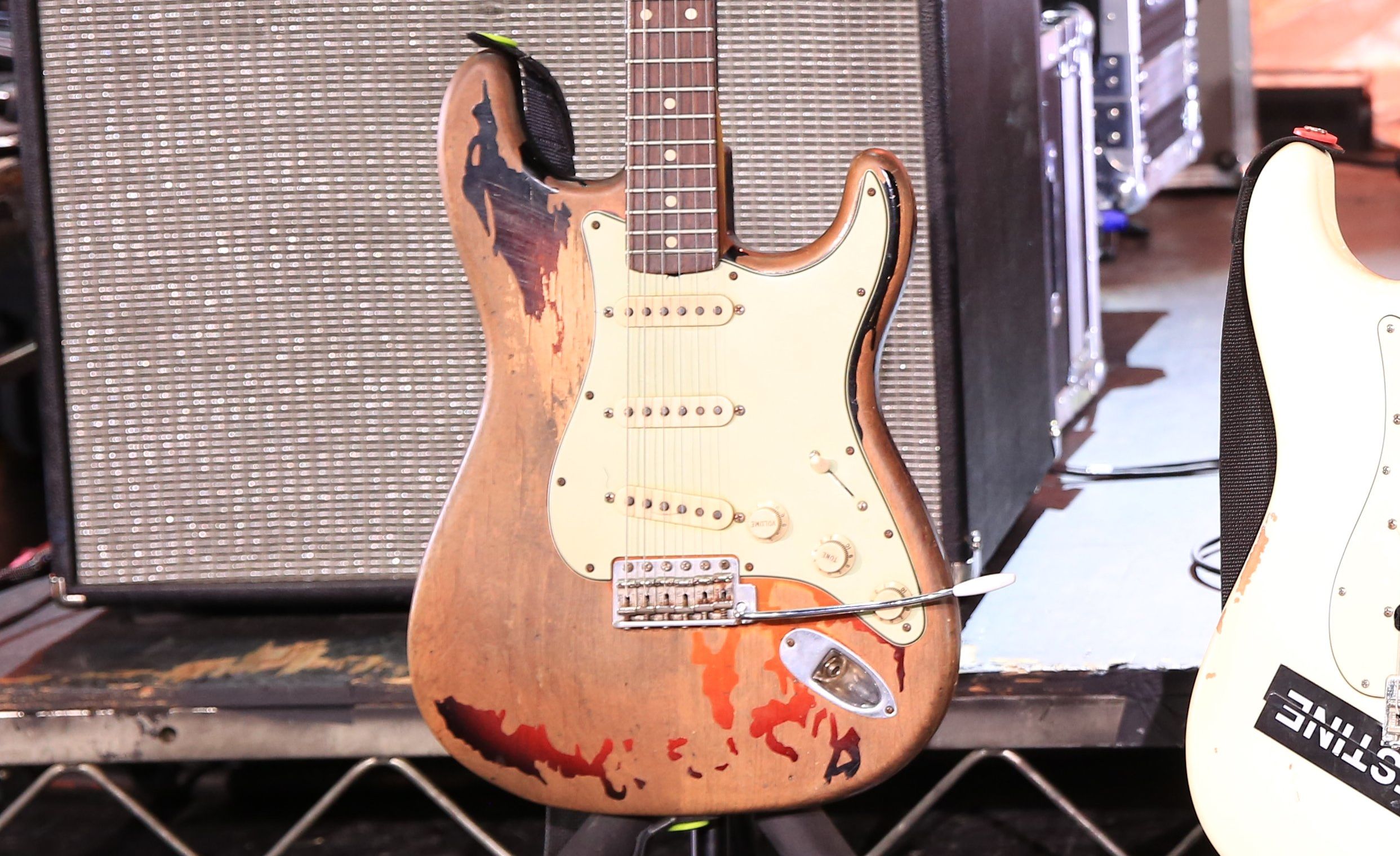
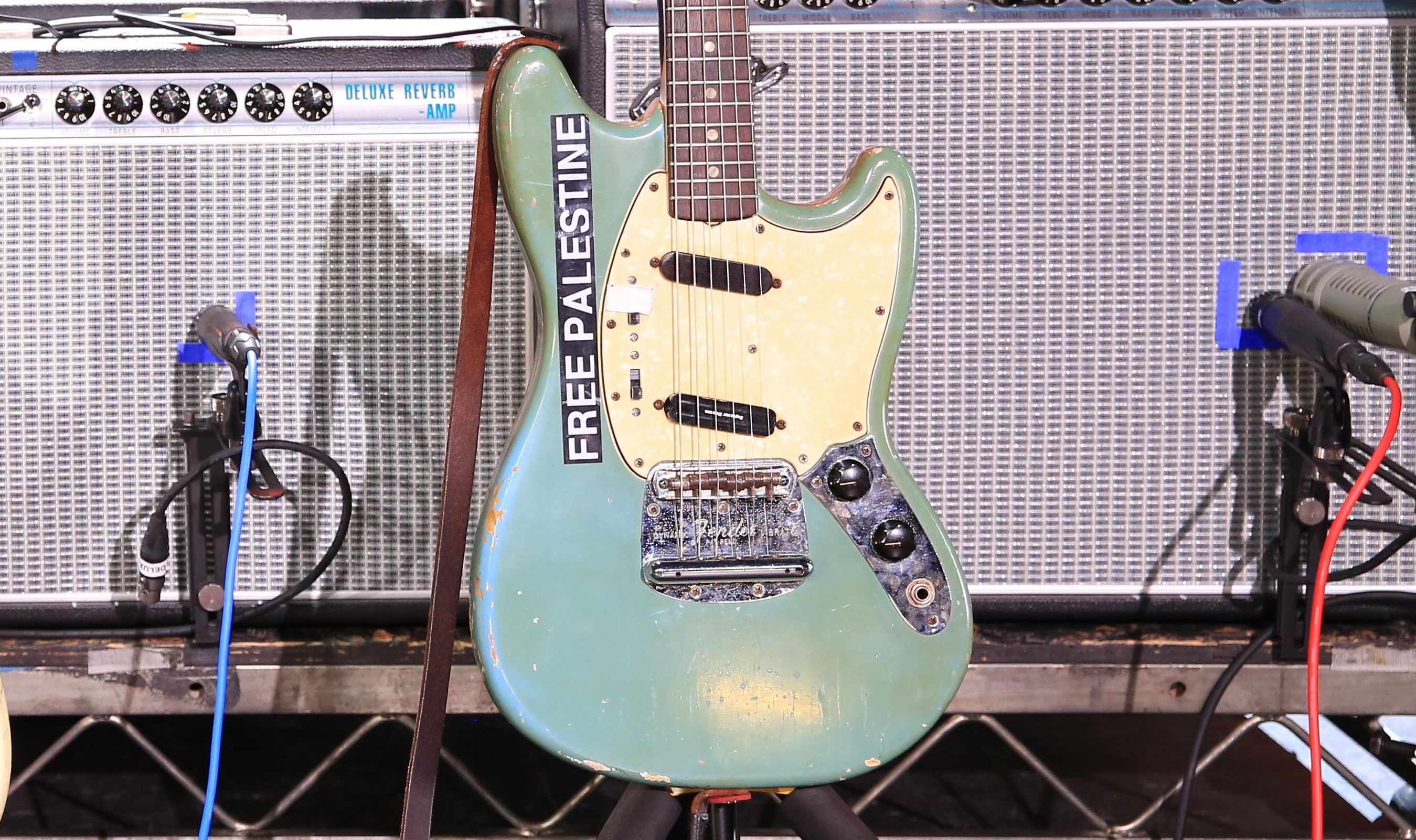 Mustang Muscle
Mustang Muscle